If you want to make your business’ sale process efficient, you need to master the marketing funnel. In a competitive business environment, you need special tools to overcome obstacles and reach clients most efficiently. One of the solutions you might want to try is designing a marketing process that walks customers through a deliberate process until they make a purchasing decision.
What’s a Marketing Funnel?
As highlighted on Clickfunnels, a marketing funnel describes a method of breaking down customer journey, starting from awareness (when the customer first learns about your business) to when they purchase the product. Often, marketing funnels include post-purchase follow-ups as you want to retain the customers.
Benefits of Marketing Funnels
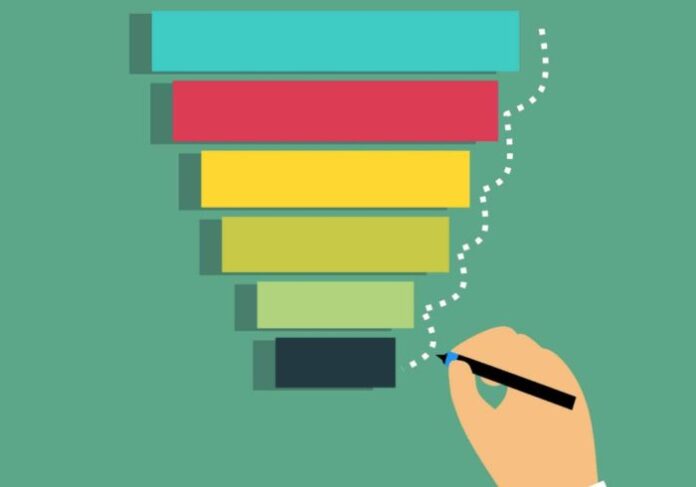
The first advantage you enjoy using funnels is that they simplify the customer journey. This helps you map out each stage in your prospective clients’ decisions. You can measure the steps they plan to take after each stage.
Also, a marketing funnel applies to almost any business model. It can be used to capture different customer interactions. Whether you’re looking for traffic for your store or looking for online sales, a marketing funnel comes in handy to deliver the results you want. It’s a powerful tool that will bring visibility to different stages of connecting with customers.
You will also enjoy great measurability when you use a marketing funnel. The funnel shows where you’re getting most of your customers and the closing rate. This information is useful when formulating your strategy. For example, if you’re losing clients after the third stage, you would work to fix the issues causing this problem.
Stages in a Marketing Funnel
So, what are the different stages you should build a marketing funnel around? Some marketing funnels are designed with five stages, others up to seven depending on the type of market the business serves. A funnel should not be rigid but a flexible structure that accommodates changes as the business gathers new information. Here are the different levels of the marketing funnel that should feature in most customer acquisition campaigns.
1. Awareness
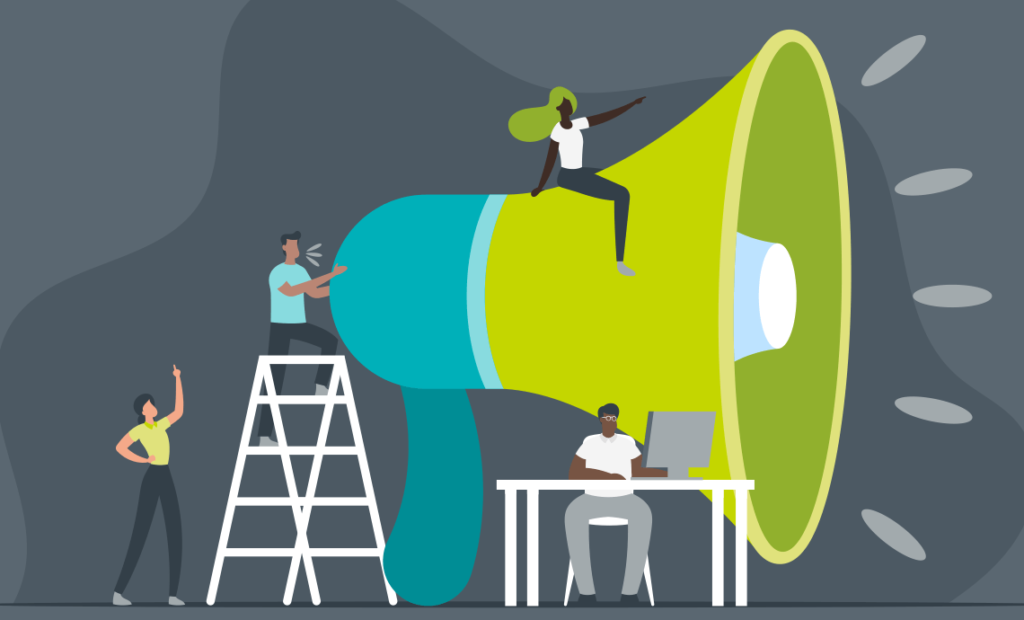
Right on the first stage of a marketing funnel is awareness. This highlights the stage at which people with specific problems discover about your product, brand, or company. Awareness can happen in different ways, including:
- Through a Facebook Ad
- Reading an article on Medium
- Listening to a podcast in which a host gives your business a shoutout
- Finding your website while searching for something online
- Watching a YouTube video about your company or product
Regardless of the method, people discover your brand exists. If the information they get initially makes them interested enough, some will become clients or customers right away.
As for the rest, you have to pursue them and ensure that your product’s awareness is turned into interest. Educate the audience on how to solve their problems using your product. At this stage, you have to spread this information to as many people as possible. This is where marketing skills come in handy. Partner with influencers and let them showcase your products. Also, ensure your brand has an active presence on platforms such as Facebook, Twitter, Instagram, TikTok, and YouTube.
2. Interest

Your funnel’s second stage is Interest. At this stage, your target customers have consumed content about your brand and are hooked. They want to learn more about the subject. Probably when searching online, they’ll refine searches and input a keyword related to your brand on the search text. Your objective at this point is to rank for those keywords they’re targeting.
Play the expert and explain what they’re looking to learn. SEO skills would be a priority for this optimization stage as you want your brand to appear among top suggestions when potential customers search specific keywords. But getting them to read your content is not enough. You should also integrate action calls that would get them to follow you.
3. Consideration
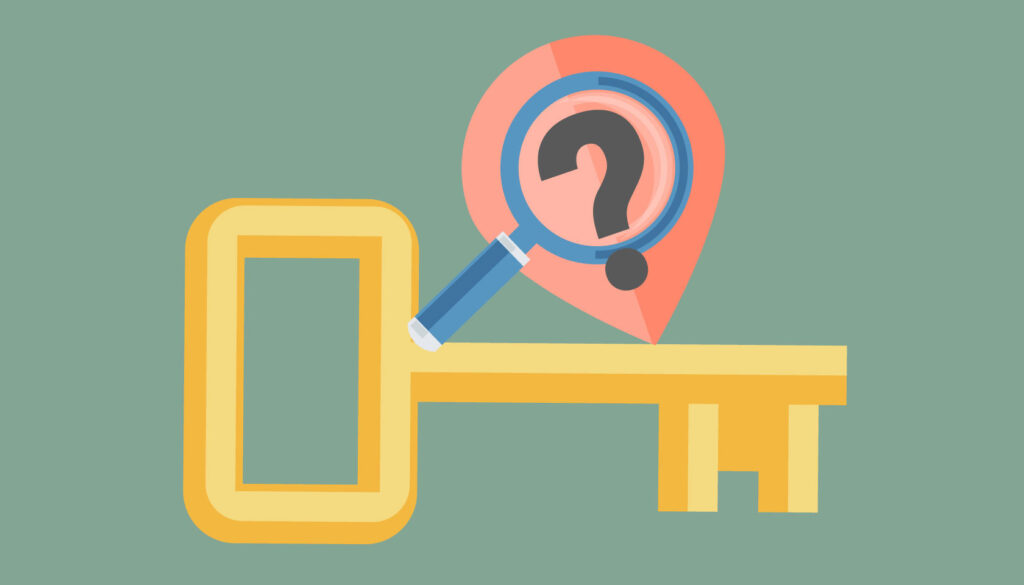
In the third stage, you have Consideration. At this point, your prospects know their problem, its solution, and they understand you can solve the problem for them. However, it’s not done yet. They have many other options to choose from, so you’ll need to stand out from the alternatives. Help them discover the reason they should choose your brand. Make sure to dominate search results for modifier keywords such as “top”, “best”, and “vs” in your niche.
Besides, you need to design a nurture sequence that tells your prospects why they need your brand. You could share new ideas or teach them something related to your products. Also, showing the value of your product will help them decide faster.
While many businesses leverage the use of emails to keep in touch with prospects, there are other options. If your business is in the service industry, you can provide free consultation calls. For complicated products, you could invite your prospects to a webinar. Answer all questions potential customers could have that will convince them you’re the right brand.
4. Conversion
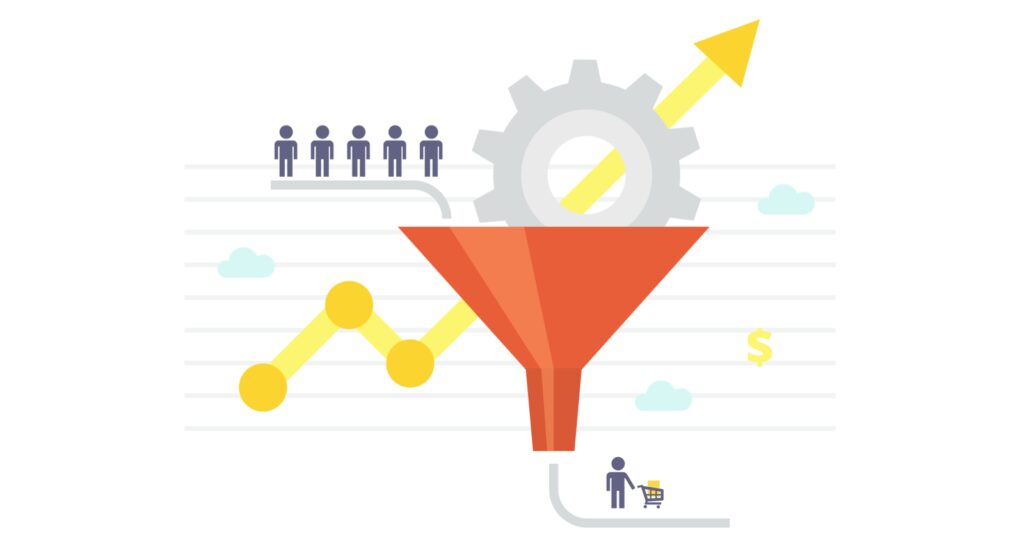
Stage four of marketing funnels is Conversion. If your prospects have reached this point, it means they’re almost convinced your product is what they’re looking for to solve their problem. All you need is to give them the final compelling reason to click “buy”. There are many things you could do to get them to buy.
First, use urgency in your messaging. If the product is going out of stock, gently remind them. Also, ensure there’s a smooth checkout process and offer them discounts. Overall, a pleasant buying experience will push your prospects to make quick moves.
In the conversion stage, you can also insert some upsells. This is essentially selling add-ons to products your customers have bought. For example, when you buy a MacBook, Apple asks you if you would be interested in AppleCare. That’s upselling.
Nonlinear Funnels
The above is a linear funnel, which follows a defined set of stages. However, the marketing funnel is dynamic and can be applied in different forms. Leads enter the funnel at different stages, so most of the stages discussed will not apply. For example, customers referred to your business will skip the first three stages and buy in the first instant.
Due to technological advances, people can easily access information about products and brands. Customers can do research and understand which brands address their problems in the best way.
Plugging Leaks in Your Marketing Funnel

No marketing funnel is perfect. It’s the nature of funnels to leak, but you can do a few things to reduce the impact of any leakages. Some people are not interested, and others will never buy despite entering the funnel. So, some level of leakage is normal.
What you should be worried about is excessive leakage, which occurs if a stage of the funnel is bigger than the next stage. That means many people entering one stage are not moving to the next. You can easily fix a leakage because a funnel offers an easy-to-diagnose system that will tell you at which stage you’re getting leakages and possible causes. Here are several ways you can fix your funnel if it’s leaking.
- Retargeting
After sending an email to 1000 people and only 50 responses, you can still reach the remaining 950 and try to bring over as many as possible. Retargeting is an advertising technique that allows you to reach visitors after leaving your website. This is an opportunity to persuade them to return and reconsider purchasing. For websites, you can install a JavaScript script (a pixel), which drops cookies to your visitor’s browsers. You can then use the cookie to show the user ads. Popular platforms such as Google, Facebook, and Quora offer pixels.
- Add Live Chat Support
Many times, people will leave your website because they cannot find support for the questions they have. They might read a few pages for clarification, but if there’s no instant method to find clear answers, they will prefer to leave and use a website that has live support. Live chat solves this problem, and you can use the engagement to convince the visitor to buy your products.
Final thoughts
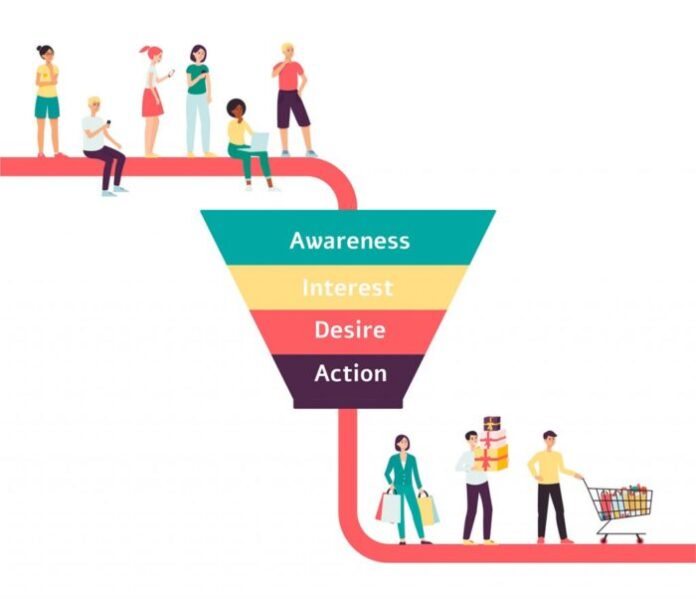
If your business does not have a marketing funnel, it’s time you began building one. Start with a simple funnel, identify growth opportunities, and fix issues. You can then expand beyond a traditional funnel and include more stages such as Advocacy and Retention. Focus on earning the loyalty of customers instead of just acquiring new customers. This means you even need to tailor your products to address the needs of the market.
Do you have any experience building a marketing funnel? Share with us about your experience and the advice you would give to someone looking to get started. Also, if you’ve yet to build a funnel, let’s know the structure that would best match your business goals.

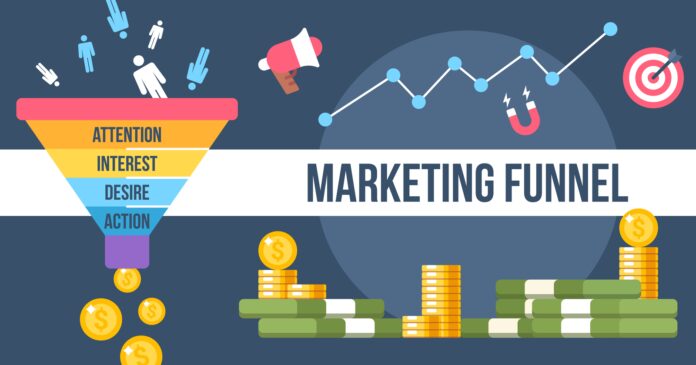



![Calgary’s Hottest Neighborhoods for Luxury Homebuyers [2024]](https://thewashingtonote.com/wp-content/uploads/2024/04/Calgary-324x160.png)



